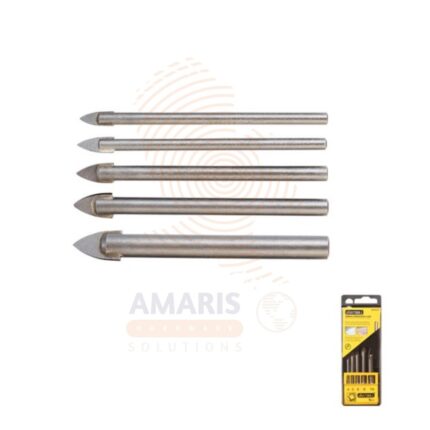
5 pcs Glass Drill Set Straight Handle
$15,700.00 Original price was: $15,700.00.$15,200.00Current price is: $15,200.00.
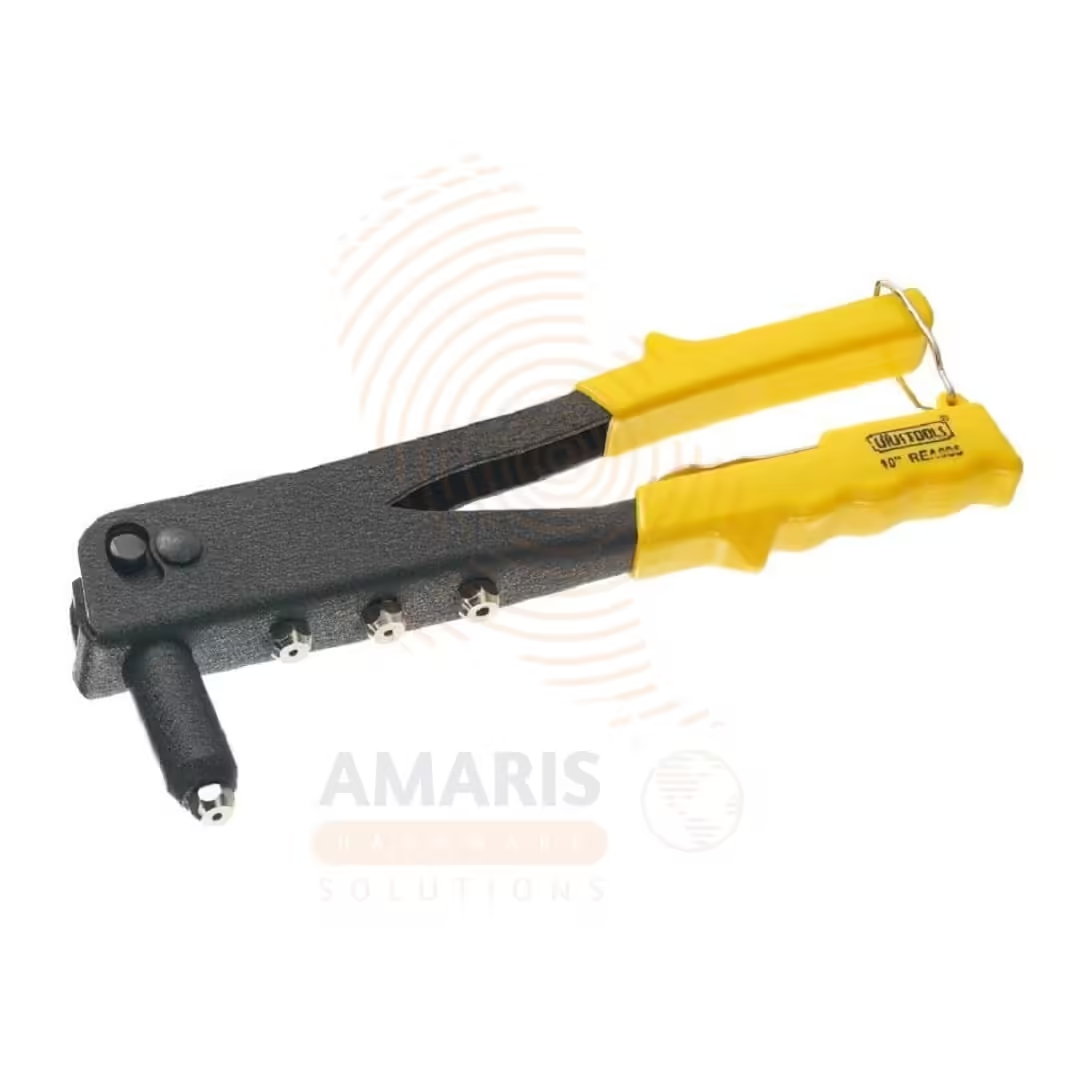
Light Duty Riveter
$11,200.00 Original price was: $11,200.00.$10,700.00Current price is: $10,700.00.
Level Tripod
$16,200.00 Original price was: $16,200.00.$15,700.00Current price is: $15,700.00.
WhatsApp Order
A level tripod refers to a three-legged support structure or stand that is designed and constructed to ensure stability and a flat, horizontal orientation when placed on uneven surfaces. The term “level” in this context implies that the tripod has mechanisms or adjustments that allow users to align it precisely, ensuring that the platform or mount on top of the tripod remains parallel to the ground. This feature is crucial for various applications, such as photography, surveying, and other activities where stability and accurate leveling are essential for optimal results.
SKU:
AHS14957
Category: Measuring Tools
Description
Level Tripod Uses
- Photography and Videography:
- Tripods are widely used in photography and videography to provide a stable platform for cameras and video recording equipment.
- Ensures that the camera is level for capturing high-quality and professional-looking images and videos.
- Surveying and Construction:
- Surveyors use level tripods in conjunction with leveling instruments such as theodolites and total stations to ensure accurate measurements and mapping.
- Construction professionals use tripods for setting up leveling lasers and other equipment to achieve precise construction work.
- Telescopes and Astronomy:
- Astronomers and amateur astronomers use tripods to support telescopes and binoculars, providing a stable base for observing celestial objects.
- Leveling is crucial in astronomy to maintain accuracy in tracking and observing celestial bodies.
- Geological Fieldwork:
- Geologists use tripods for leveling surveying instruments and geodetic equipment when conducting field studies.
- Ensures accurate data collection in geological mapping and measurements.
- GIS (Geographic Information System) Mapping:
- Professionals involved in GIS mapping use tripods to set up equipment for accurate data collection, especially when using GPS receivers and other surveying instruments.
- Architectural Surveys:
- Architects and architectural surveyors use level tripods to ensure accurate measurements and leveling when conducting building surveys and assessments.
- Machine Control Systems:
- In construction and heavy machinery operation, level tripods are used in conjunction with machine control systems for precise grading and excavation work.
- Forestry and Environmental Studies:
- Environmental scientists and foresters use tripods for leveling equipment when conducting field studies, monitoring ecosystems, or taking environmental measurements.
- Educational Purposes:
- Level tripods are used in educational settings, such as physics and engineering laboratories, to demonstrate principles of stability, leveling, and measurements.
- Industrial Alignment:
- In industrial settings, level tripods are used for aligning and leveling machinery and equipment to ensure proper functionality and efficiency.
- Quality Control and Inspection:
- In manufacturing and quality control processes, tripods are used to set up measurement equipment for inspecting products with high precision.
Reviews (0)
Be the first to review “Level Tripod” Cancel reply
Related products
14 pcs Woodworking Oblique Hole Locator Set
A 14-piece woodworking oblique hole locator set typically refers to a kit containing 14 tools designed to assist woodworkers in accurately drilling oblique or angled holes. The set may include a variety of components such as oblique hole jigs, guides, drill bits, and other accessories. These tools are commonly used in woodworking projects where precise and angled hole placements are necessary, such as when joining wood pieces at non-standard angles or creating specialized joints. The oblique hole locator set aims to enhance the efficiency and accuracy of woodworking tasks involving angled drilling, providing woodworkers with a comprehensive solution for achieving precise results in their projects.
Heavy-duty Try Square
A Heavy-duty try square with Powder Metallurgy Base is a high-quality, durable measuring tool with a precision- machined blade and a base crafted through powder metallurgy techniques. It is designed for accurate right-angle measurements in woodworking and metalworking, offering versatility and reliability in hardware applications.
Mini Spirit Level
A mini spirit level is a compact measuring tool used for determining whether a surface is level or plumb. It typically consists of a small, rectangular or cylindrical body filled with a liquid, usually alcohol, and an enclosed bubble. The bubble moves within a marked vial or tube as the level is placed on a surface. When the bubble aligns with the center of the vial, the surface is considered level or plumb. Mini spirit levels are commonly used in various applications, such as carpentry, construction, and DIY projects, where accuracy in leveling or aligning surfaces is crucial.
Rafter Square
A rafter square, also known as a framing or carpenter's square, is a versatile tool used in carpentry and woodworking. It typically consists of a flat, L-shaped piece of metal, wood, or plastic. One arm, called the tongue, is longer than the other, called the body. The intersection of the tongue and body forms a 90-degree angle, and the square is marked with various scales and measurements.
Carpenters and builders use the rafter square to measure and mark angles, make straight cuts, check for squareness, and assist in various framing and layout tasks. The tool is particularly useful in roof framing for laying out and cutting rafters, which are the sloping beams that support a pitched roof. The rafter square helps ensure precision and accuracy in construction projects.
Spirit Level
A spirit level, also known as a bubble level or simply a level, is a tool used in construction, carpentry, and other related fields to determine whether a surface is horizontal (level) or vertical (plumb). It typically consists of a rectangular or cylindrical body with a transparent tube filled with liquid. Inside the tube, there is a bubble, and the goal is to center this bubble between two marked lines or within a central vial. When the bubble is centered, the surface is considered level or plumb, providing a visual reference for ensuring accuracy in various construction and alignment tasks.
Stainless Steel Rule
A stainless steel rule is a precision measuring tool commonly used in various applications, such as woodworking, metalworking, and engineering. It is typically a flat, thin strip or blade made of stainless steel, a corrosion-resistant alloy. The rule is marked with calibrated measurements, often in both metric and imperial units, allowing users to make accurate and consistent measurements. Stainless steel rules are known for their durability, resistance to rust, and ability to provide precise measurements due to their straight and rigid construction. They are widely used in fields where accurate measurements are crucial for achieving high-quality results in diverse projects.
Steel Long Tape
A steel long tape is a measuring tool used in construction, surveying, and various other applications to accurately determine distances. It typically consists of a flexible, steel tape encased in a durable housing with a mechanism for easy winding and unwinding. The tape is marked with precise measurements, usually in feet or meters, allowing users to measure lengths with a high degree of accuracy. The steel construction provides durability and resistance to stretching, making it suitable for demanding outdoor environments. Steel long tapes are commonly used by professionals in fields such as carpentry, architecture, civil engineering, and land surveying.
Tape Measure(Steel Tape Rule)
A tape measure is a flexible ruler-like tool used for measuring distances or dimensions. Typically made of a strip of metal, fiberglass, or cloth, it features markings in standardized units (such as inches or centimeters) along its length. One end usually has a tab or hook that can be hooked onto an object for precise measurements, while the other end retracts into a compact housing for convenient storage. Tape measures are widely used in various fields, including construction, carpentry, sewing, and other applications where accurate measurements of length or distance are essential.


 Acrylic Sealants
Acrylic Sealants Construction Adhesives
Construction Adhesives Double-Sided Tape
Double-Sided Tape Duct Tape
Duct Tape Electrical Tape
Electrical Tape Epoxy & Resins
Epoxy & Resins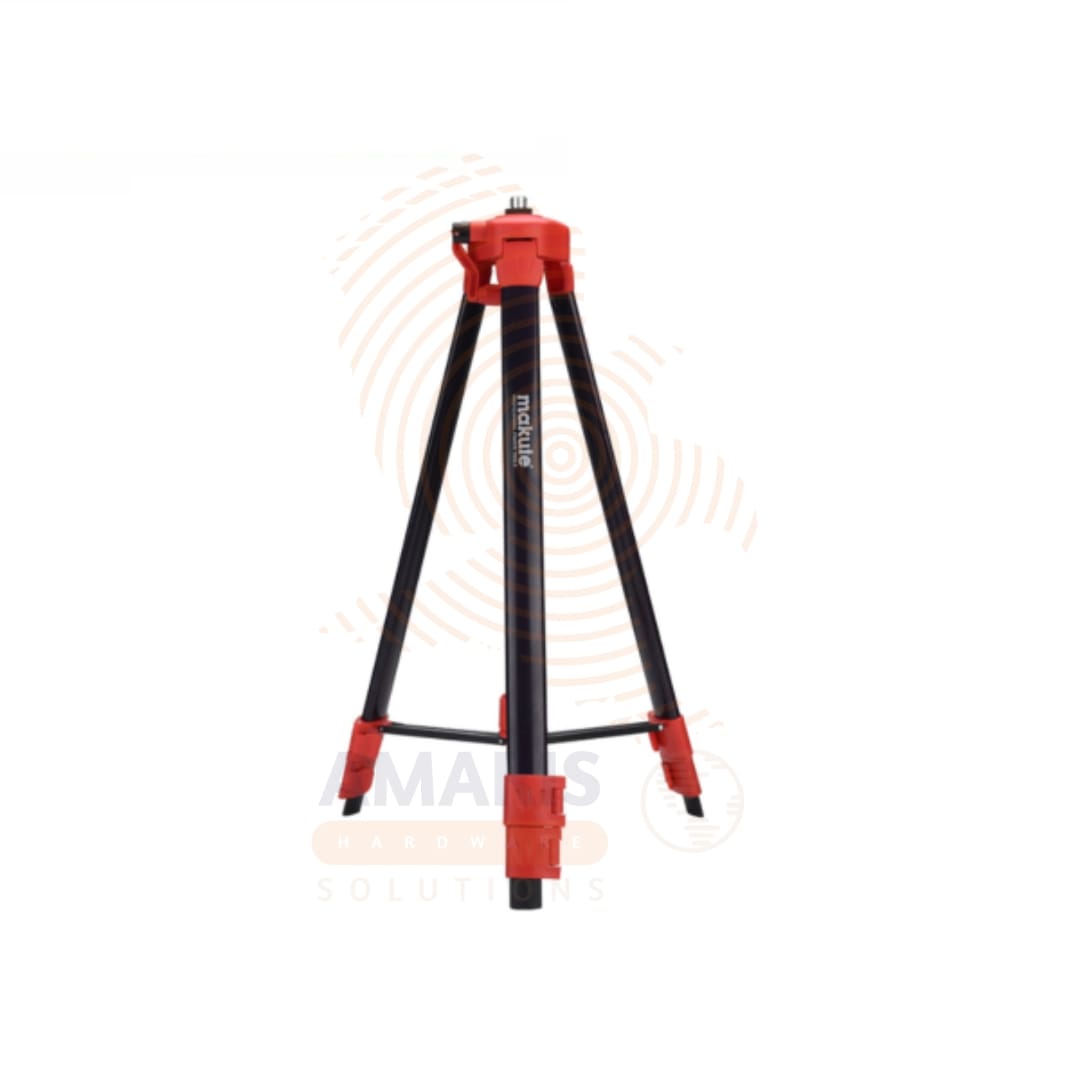
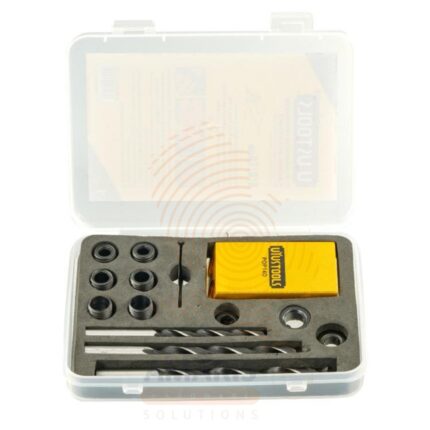
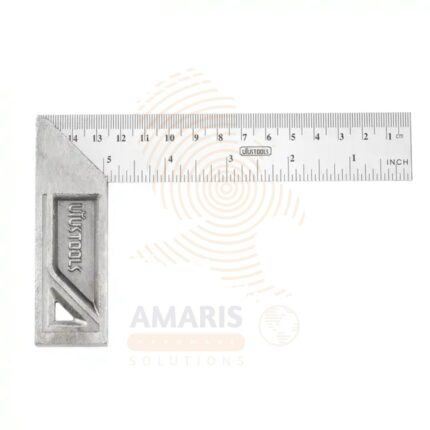


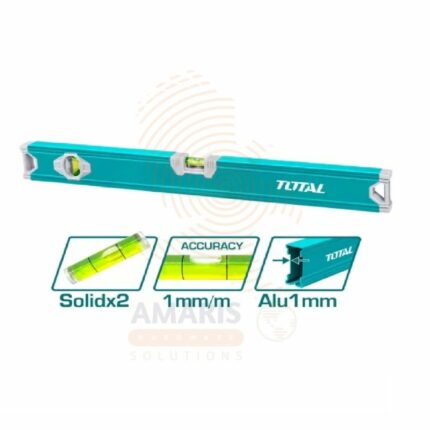
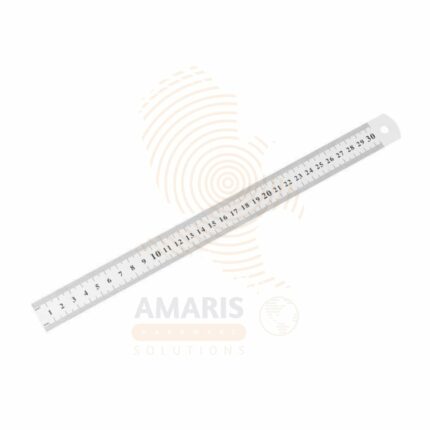
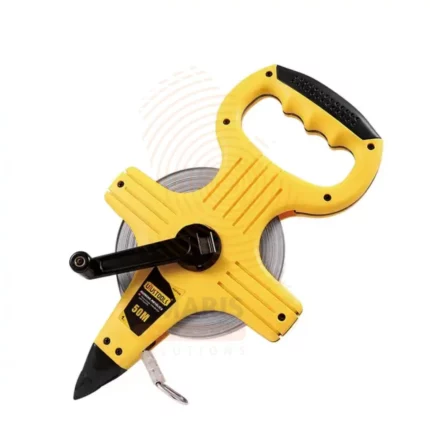






Reviews
There are no reviews yet.